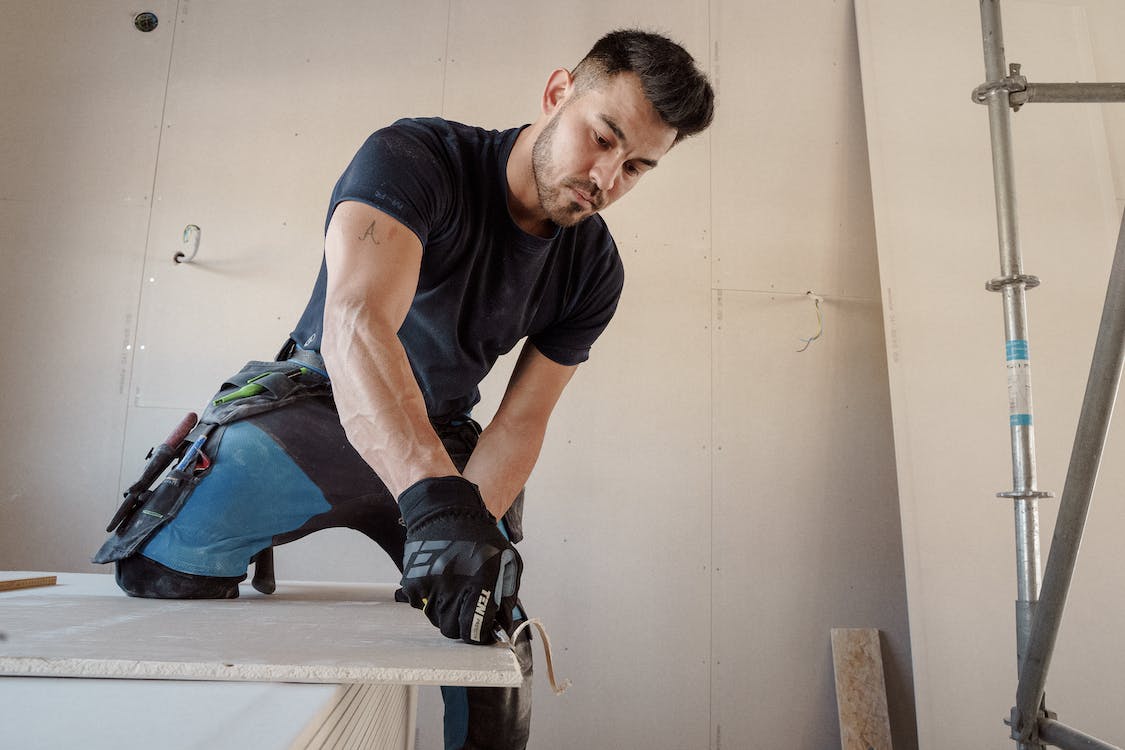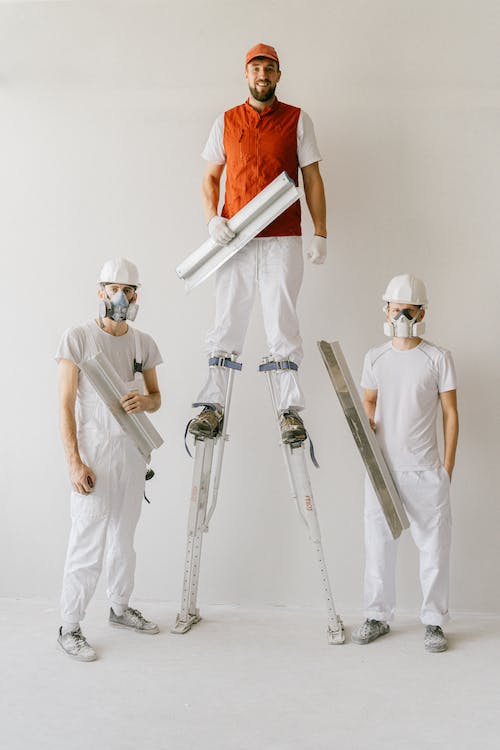What Screws Should You Use for Plasterboard?
Posted by Lawrie Fraser on 27th June 2023
Plasterboard is a versatile material that is used for a variety of applications, including walls, ceilings, and partitions. When fixing plasterboard, it is important to use the right type of screw to ensure a secure and long-lasting joint.

There are two main types of screws that are used for plasterboard: drywall screws and lag screws. Drywall screws are the most common type of screw used for plasterboard. They have a sharp point and a fine thread that helps them to grip the plasterboard without damaging it. Lag screws are larger and stronger than drywall screws. They are used for heavier-duty applications, such as fixing shelves or cabinets to plasterboard walls.
When choosing screws for plasterboard, it is important to consider the following factors:
The thickness of the plasterboard: The thickness of the plasterboard will determine the length of the screw that you need. For example, if you are fixing 12.5mm thick plasterboard, you will need to use screws that are at least 38mm long.
The type of surface that you are fixing the plasterboard to: If you are fixing the plasterboard to wood, you can use drywall screws. If you are fixing the plasterboard to metal, you will need to use lag screws.
The weight of the object that you are fixing: The weight of the object that you are fixing will determine the strength of the screw that you need. If you are fixing a heavy object, such as a shelf, you will need to use lag screws.
Once you have considered these factors, you can choose the right type of screw for your project. Be sure to use the correct size and type of screw for the job, and to screw them in tightly to ensure a secure joint.

Here are some additional tips for choosing and using screws for plasterboard:
- Use a drill bit that is the same size as the screw shank. This will help to prevent the screw from splitting the plasterboard.
- Screw the screw in until it is flush with the surface of the plasterboard. Do not over-tighten the screw, as this could damage the plasterboard.
- Use a washer under the screw head if you are fixing the plasterboard to a hard surface. This will help to distribute the load and prevent the screw from pulling out.
- If you are fixing the plasterboard to metal, use a lag screw that has a washer and a nut. This will provide a secure and long-lasting joint.
By following these tips, you can choose the right type of screw for your project and ensure a secure and long-lasting joint.
How much weight can plasterboard screws hold?
The weight capacity of a plasterboard screw can vary depending on the type of screw, the thickness of the plasterboard, and the type of surface that the screw is being screwed into. We always advise checking the manufacturer of the screws technical details to find out how much weight the screw can support.
What is the best brand of screws for plasterboard?
Now, we may be biased. However, we select our product range based on knowledge and feedback from industry professionals to provide the best products and product range. Our TIMCO screws are designed for both construction and DIY, they are high-quality and long lasting. The added benefit of our price beat promise ensures we are the cheapest any-time and everytime.
Can i use timber screws on plasterboard?
When working with timber frames and plasterboard. We recommend doing your research of comptable screws beforehand. Screw thickness, lengh, treads, heads and suitability can change per material. We recommend using the specfic screw of each materal. You can see our drywall screws and timber screws here.
Shop All Screws, or contact us on sales@yardfixt.com.
